April is CUNA Youth Month, which is a perfect opportunity to start the conversation with your kids about money. Let’s face it: no kid is going to master money at age five. However, introducing financial concepts early on can help them be more capable and comfortable with money later in life. Here are some easy tips you can teach your five-year-old about finance:
Things cost money
The best way to teach your child about money is through experience. For example, the next time you buy ice cream, have your child hand cash to the cashier. It’ll help show them the role that money plays.
Money is earned through work
Explain to your kids that mom and dad go to work every day to pay for the stuff you own. When you go out, point out the people you see working and remind them that they’re doing it to make money.
Not every want is a need
Despite what they may think, not every one of your child’s wants is an emergency. Describe the difference between things like food and clothing and not-so-necessary items like candy and toys. Bonus benefit: when they start getting their own money, they’ll have an easier time managing it.
BONUS TIP: Different Coins Have Different Values
As a parent, you can help your child understand the value of coins by using everyday activities as teachable moments. When kids reach the age of around five, they’re old enough to learn the value of coins, even if they don’t yet grasp their buying power. Here are four activities to help introduce the value of coins:
1) Make it a game. Play “Exchange! “, a game in which players roll a die to determine how many pennies to take from the pot. Once a player has five pennies, they yell “exchange” and trade them for a nickel. Once the last nickel is taken, the person with the most nickels wins.
2) Set up a family store. Buy inexpensive reward gifts and set up a store. Price the gifts using various numbers of cents, avoiding prices that require only one type of coin. Create a rewards system so your child can receive coins throughout the week. Schedule a “shopping” day when they can spend their coins at the family store.
3) Go to an actual store. As we mentioned in the tips above, the grocery store is an excellent place to engage your child. Ask them how many dimes, nickels, etc., you’ll need to buy specific items. Ask them to calculate the exact amount with each type of coin.
4) Pay to play. At the end of each day, take the coins out of your pocket and put them in front of your child. If they can count them accurately, they get to keep them. The coins can even be spent at the family store (see #2).
The blog post above was shared from BALANCE. For more information and similar resources, click here .





